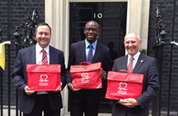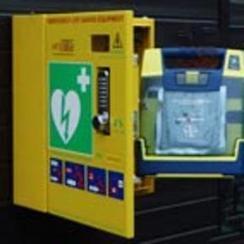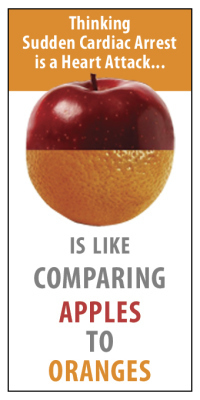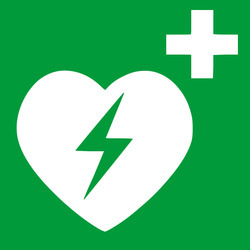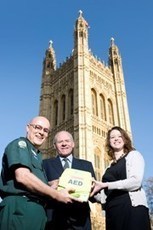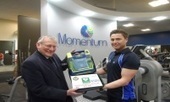See on Scoop.it – Defibrillation
Having practiced CPR and attending many first aid courses that my dad has run I was amazed that when I needed to perform CPR for real how my reflexes took over and I automatically got on with the job in hand.
I was at college when the caretaker collapsed. People stood around looking but not doing anything. When I approached the man a member of staff was shaking him trying to get him to respond. I immediately tilted the casualties head to open his airway, I then listened for breathing whilst counting to 10. This seemed an eternity but I was sure that the man was not breathing. I asked the member of staff to call for an ambulance and say that this was a cardiac arrest.
I started CPR. This felt similar to what I had practiced on the courses but there was a little bit more resistance on the chest than on the Brad manikin. I actually felt the chest give on a couple of occasions as ribs gave way.
Giving breaths was as practiced in the classes and I used a face shield which I keep in a pouch on my keys. I continued with CPR for about 3 minutes and then an ambulance arrived. I continued with the CPR whilst I spoke to the paramedics and explained what had happened. It was only at this time that I realised how out of breath I was. It was a real relief to see the paramedics although I had heard the sirens of the ambulance as they came along the driveway.
The paramedics told me to keep doing chest compressions whilst they set up their equipment and inserted an airway. One paramedic stuck defib pads to the mans chest, I was told to move away from the casualty and they delivered a shock. The casualty lifted off the floor when he received the shock. Just as this was happening a second ambulance arrived.
It appeared that the shock from the defib had worked as the paramedics could see a heart beat on their monitor and the man was trying to breath himself. All 4 paramedics got the casualty onto a stretcher and set off for hospital on blue lights and sirens.
I have since met the man involved in this incident at a college open evening and will be starting this college in September.
I was really surprised how the training I had just took over but I must admitted I was in shock afterwards and felt sick. I would get involved in a medical emergency again and this has given me confidence to want to become a first aid instructor and follow my dream of becoming a paramedic.
James Barry (aged 16)
See on blog.protrainings.eu


 Follow
Follow